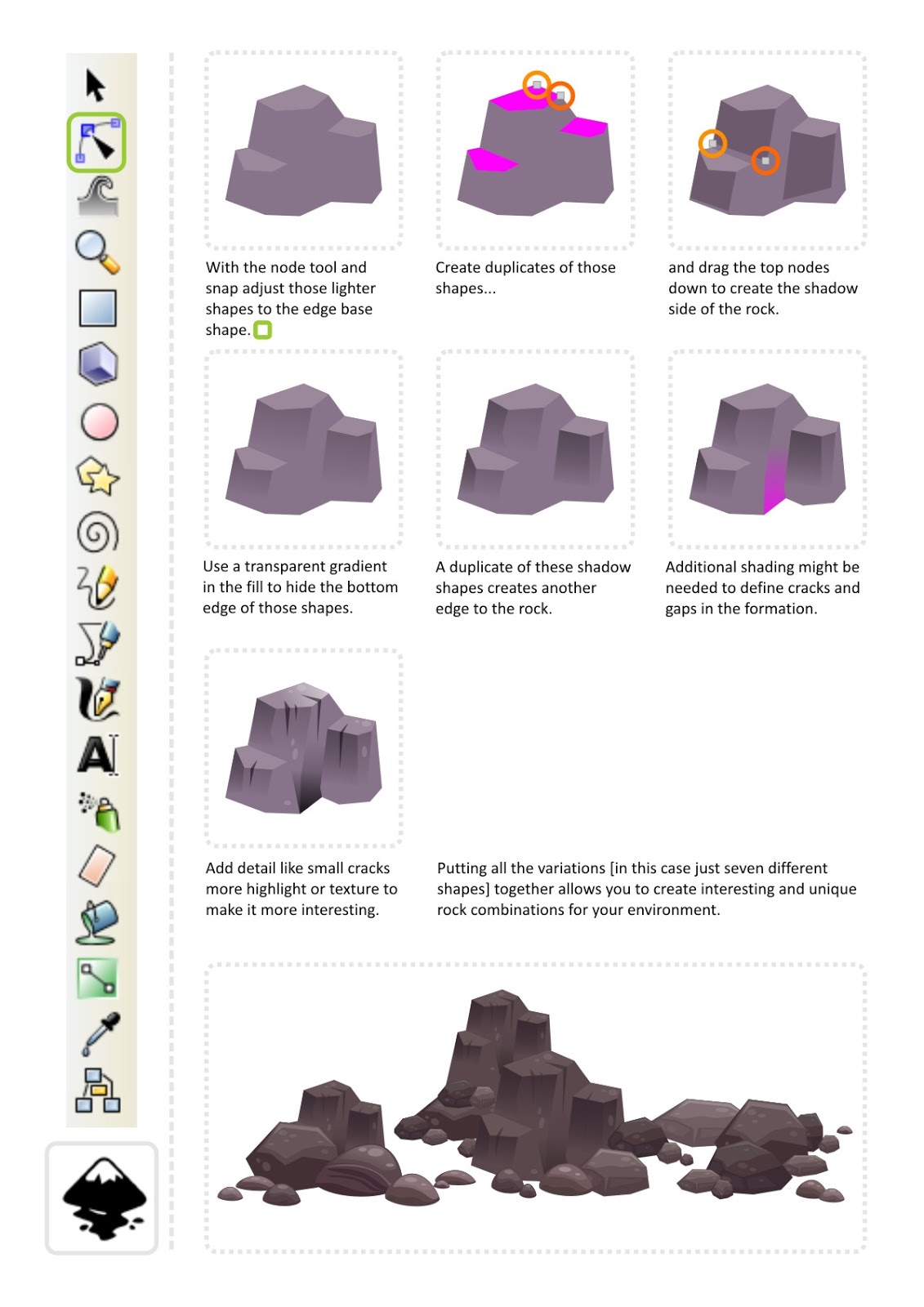

Just be sure to try to keep your camera lens parallel to the artwork or use a tripod if you have one. Photographing from above means there is some room for error if you tilt the camera and skew the perspective. I like to place my art flat on the ground or tabletop and shoot the photo from above. For example, next to a large window or sliding door when the sun is NOT shining directly into the room. You’ll want find a location with even, indirect lighting. Just keep in mind that starting with a high resolution file will give you more control over the photo/image quality and how big you’re able to enlarge it (if that’s required). Use a digital camera that takes high-resolution files is best, but an iPhone works too (camera phones nowadays are crazy good). But before I had a scanner, I photographed my art to digitize and it worked great! Photographing Your Art I think most people (myself included) assume scanning is the only way to digitize your watercolors.

I’m all about not making it too difficult the first time around, wouldn’t you agree? I also suggest picking something simple like basic shapes without too many intricate details and edges. Light or pale colors are harder to clean up, not to mention harder to reproduce digitally and takes more time to clean up and color correct.

More contrast between the edges of your painting and the white paper is always easier to digitize. If you are digitizing for the first time, try to pick a piece that has saturated and more defined colors. When i need to digitize a bitmap, then I usually use digitize2 in matlab, or WebPlotDigitizer to digitize bitmap figures.My scanner: Epson Perfection v550 (ther options though I haven’t personally used them: Epson v39 and Canon CanoScan LiDE220)Īdobe Photoshop (I use Photoshop CC, free trial available if you don't already have the program) The svg-approach only works with vector graphics. When you are done, then you probably want to re-allow “relative coordinates”, as it results in smaller files. Usually you can just ignore these letters, but if you are curious then you can read more on their meaning here. In the example shown here the path has a set of coordinates and there are some M and C commands. Open the svg in a text editor and read the coordinates….That is text and virtually everything else except the datapoints. Delete all the objects you are not interested in.Inkscape will let you select which page to import. I recommend using inkscape if you want to digitize a vector figure from a pdf file.


 0 kommentar(er)
0 kommentar(er)
